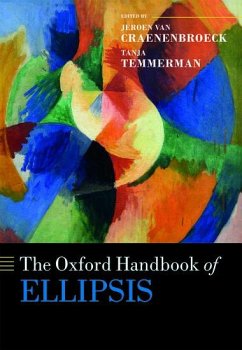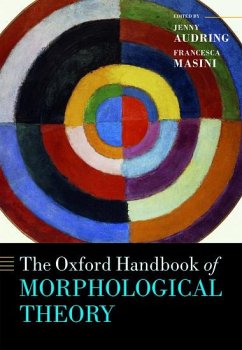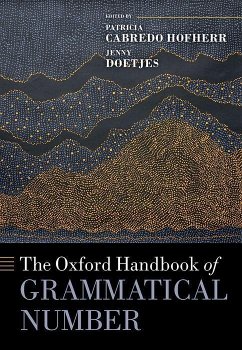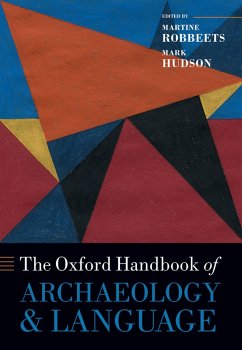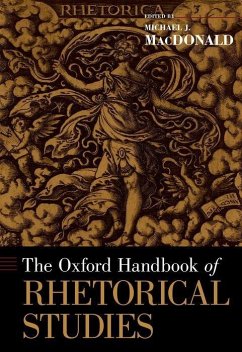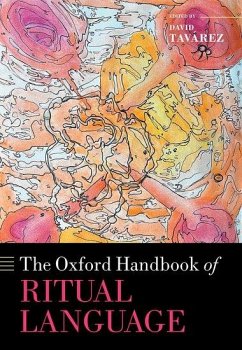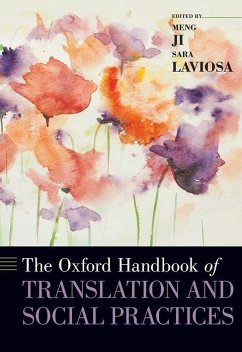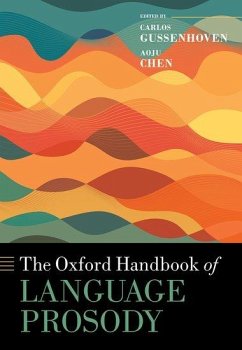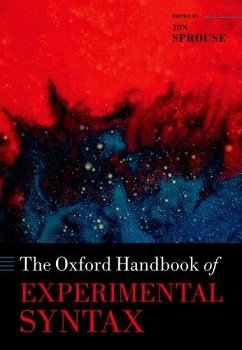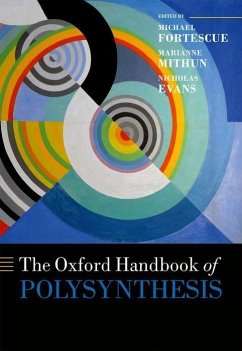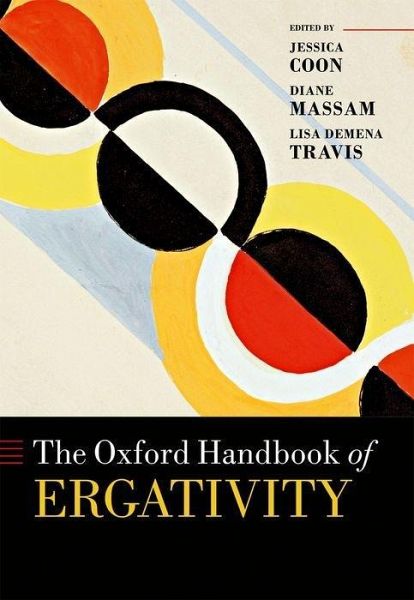
Gebundenes Buch
The Oxford Handbook of Ergativity
Versandkostenfrei!
Versandfertig in über 4 Wochen

PAYBACK Punkte
101 °P sammeln!




This volume examines the phenomenon of ergativity, a grammatical patterning whereby direct objects are in some way treated like intransitive subjects, to the exclusion of transitive subjects. It includes theoretical approaches from generative, typological, and functional paradigms, as well as 16 language-specific case studies.
Jessica Coon is Associate Professor of Linguistics at McGill University. She finished her PhD at MIT in 2010 and then spent one year as a postdoctoral fellow at Harvard University. Jessica has worked on topics including ergativity, split ergativity, verb-initial word order, and agreement, with a special focus on Mayan languages. Her book Aspects of Split Ergativity was published by OUP in 2013. Diane Massam (Ph.D. MIT 1985) is a Professor in the Department of Linguistics at the University of Toronto, where she has also served as Chair. Her research areas are argument structure, case, predication, and word order, with a focus on the Niue language (Polynesian), and an interest in register variation in English. She has edited volumes on Austronesian syntax, ergativity, and the count-mass distinction, including Count and Mass Across Languages (OUP 2012). Lisa deMena Travis received her PhD in Linguistics from MIT in 1984, writing her thesis on the parameters of word order variation. She is currently a Professor in the Department of Linguistics at McGill University. Her current research focuses mainly on phrase structure, head movement, language typology, and Austronesian languages (in particular, Malagasy), and the interface between syntax and phonology. Her book Inner Aspect: The Articulation of VP was published by Springer in 2010.
Produktdetails
- Verlag: Oxford University Press
- Seitenzahl: 1296
- Erscheinungstermin: 15. August 2017
- Englisch
- Abmessung: 249mm x 173mm x 61mm
- Gewicht: 1905g
- ISBN-13: 9780198739371
- ISBN-10: 0198739370
- Artikelnr.: 47870360
Herstellerkennzeichnung
Libri GmbH
Europaallee 1
36244 Bad Hersfeld
gpsr@libri.de
Für dieses Produkt wurde noch keine Bewertung abgegeben. Wir würden uns sehr freuen, wenn du die erste Bewertung schreibst!
Eine Bewertung schreiben
Eine Bewertung schreiben
Andere Kunden interessierten sich für


